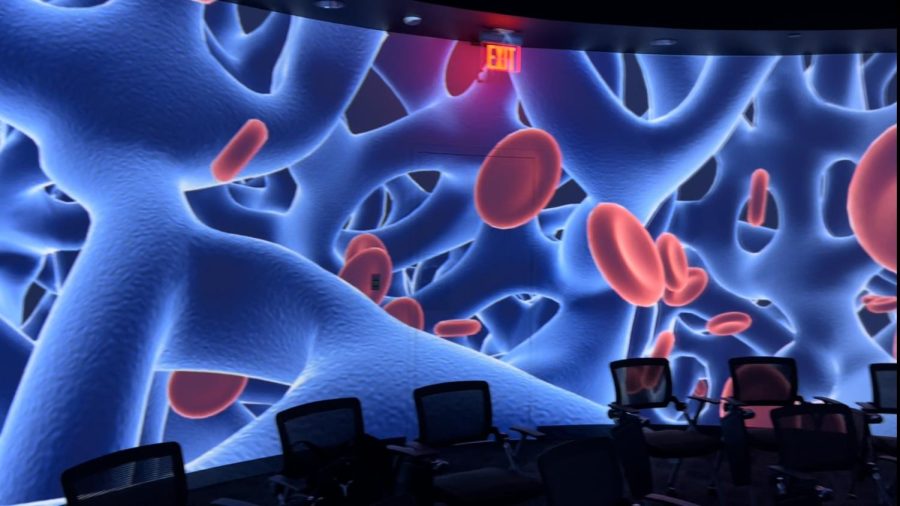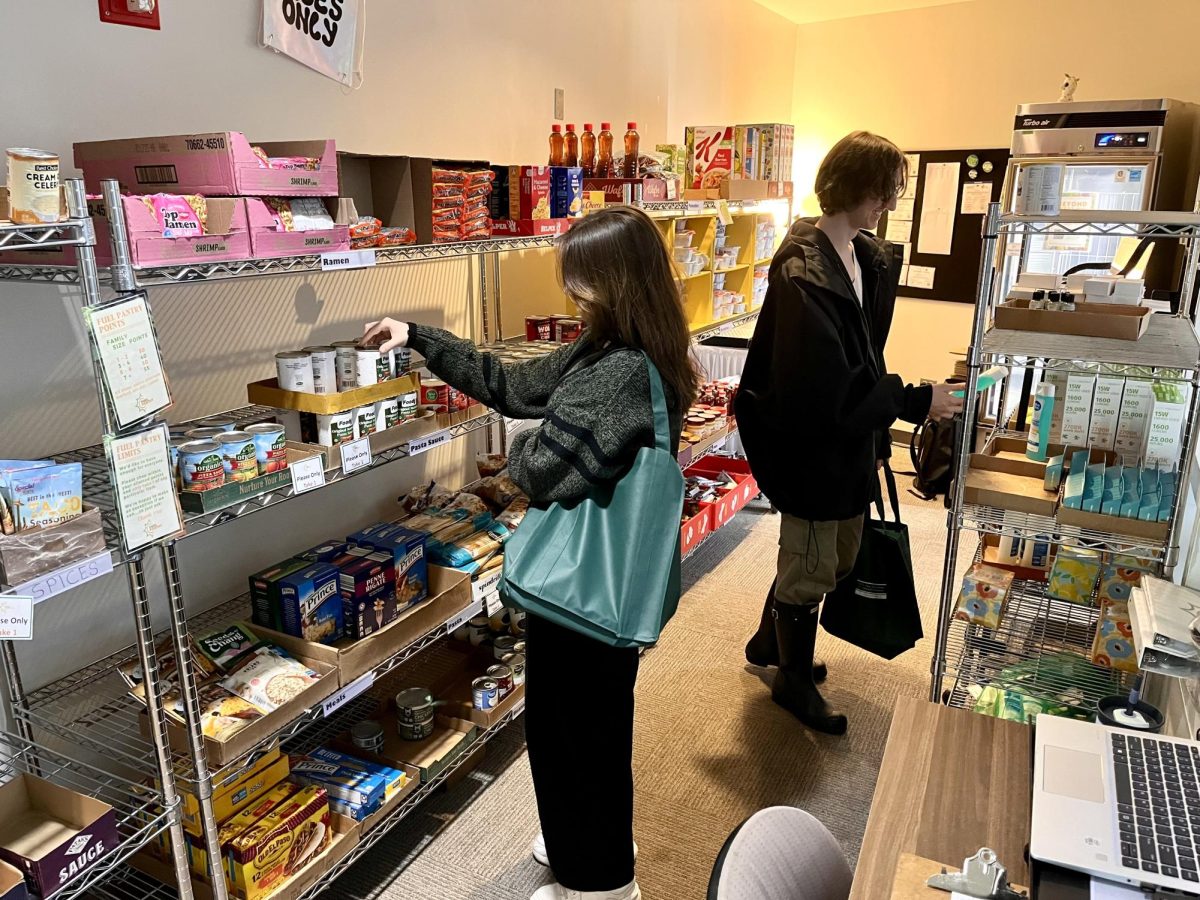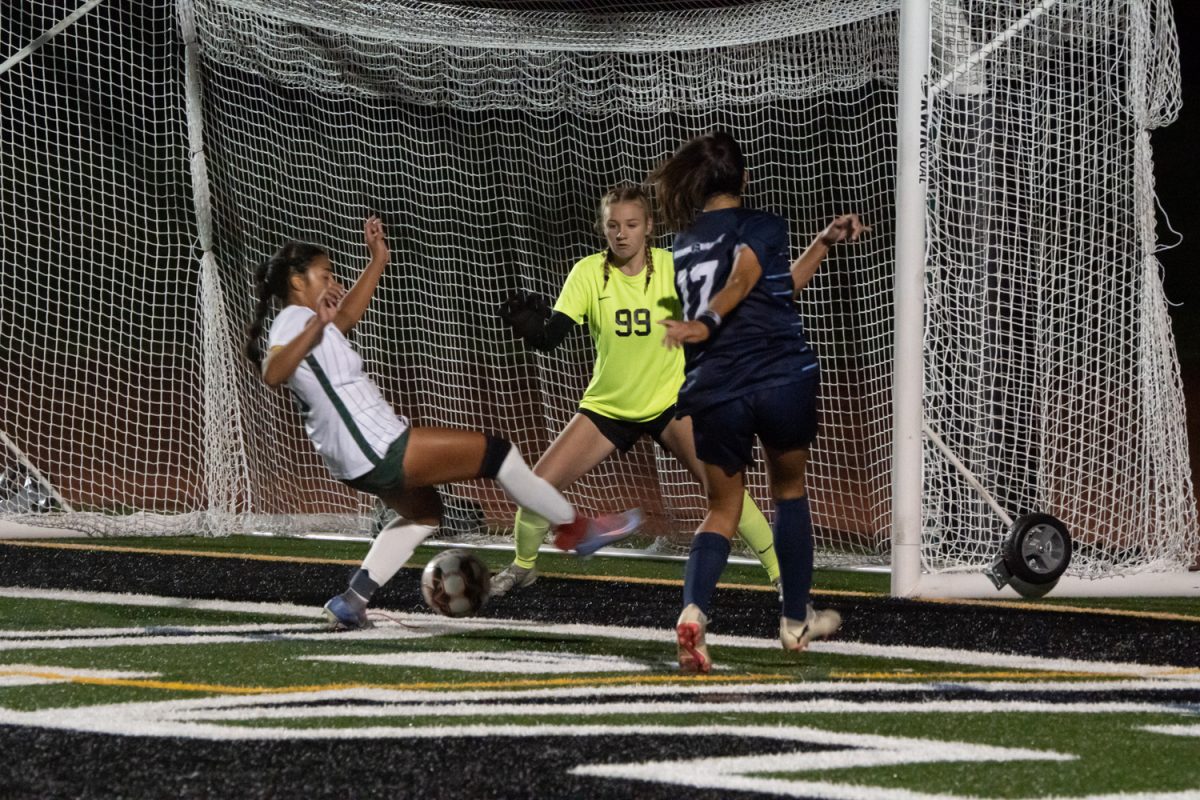The Next Generation of Learning Technology Arrives At COD
COD’s Immersive Visualization Lab offers students a new way to learn.
Inside the human body from the Immersive Reality Lab
September 4, 2022
COD’s newly constructed immersive visualization lab may be moving the college toward the future of educational technology. The lab will allow students to travel inside the human body, across the world, into outer space or into the depths of the ocean.
The immersive visualization lab, located in BIC 3465, offers a new way for faculty to engage students.
Made by the London-based company Igloo, the 32-foot (10 meter) cylinder-shaped room includes five ceiling mounted projectors and speakers that are used to create a 360-degree immersive experience.
Inside the lab there are no windows and once the door is shut there is a feeling of separatation from the rest of the campus. From the computer, faculty can play videos or display their choice of content on the walls.
A trip into the human body surrounds students with blood cells. A video that goes deep underwater creates a sense that students are in a tank with ocean life all around them. Regular text and photos displayed in a 360-degree format also becomes more engaging as students walk or look around to see everything that is displayed.
The project was approved by the COD Board of Trustees in the Summer of 2021, and construction of the lab was completed in spring 2022.
Joseph DalSanto said the idea for the project came from a faculty committee formed to explore innovative ways to enhance instruction at the college. After exploring different technology and visiting various installations, DalSanto said the decision to install Igloo’s immersive visualization lab was based on what the experience would be like for professors and students.
“We wanted great capability, but we also wanted ease of use,” said DalSanto. “Students can come in here and experience things, not just hear about them or see a picture.”
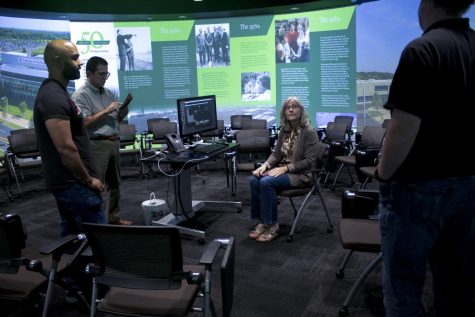
Cory DiCarlo, an associate professor in the chemistry department, said showing his class a 360-degree video tour of the CERN particle accelerator increased student insight and engagement in a way that can be more difficult to accomplish through traditional teaching methods.
“It gave them insight that they would only be able to get by us flying them to France and giving them a tour,” said DiCarlo.
In cases where keeping students attentive and engaged is a challenge, finding ways to teach in the immersive visualization lab allows students to grasp ideas that might otherwise be more difficult to understand.
The college also has a virtual and augmented reality lab where students can engage with learning material. DiCarlo uses the virtual reality lab to give students the experience of interacting with molecules and atoms.
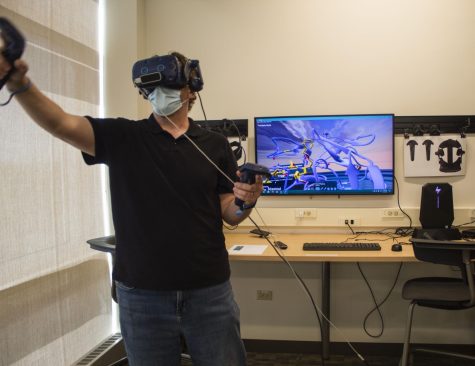
“We work with things that are 30,000 to 40,000 atoms large. We can pull up any one we want from the 6 million molecule-database that’s available,” said DiCarlo “They can make it bigger, smaller, walk through it, point to the atoms that are important. You can’t do that in any other format.”
The immersive visualization lab became available for use in August. It is being used by faculty who are able to find ways to integrate the lab with their course instruction. The lab allows for simultaneous presentations and can be used for students to collaborate in any way that classes find useful for the multiple projector 360-degree format.
Among U.S. Universities and Colleges COD is an early adopter of this technology.



